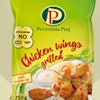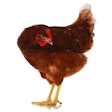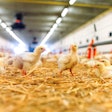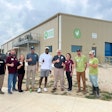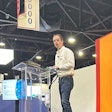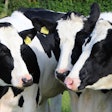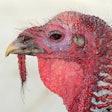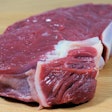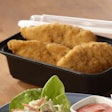The total United States cattle and calf inventory fell to its lowest level since 1952 this year as a result of high grain prices and drought. Dr. Chris Hurt, professor, agricultural economics, Purdue University, speaking at the WATT Meat and Poultry Supply and Price Forecast webinar said that 57 percent of the cattle herd is raised in parts of the U.S. that are still in some sort of drought. Low rainfall on pasture and range lands has made any expansion of the cattle herd difficult, and the U.S. herd is expected to get smaller before it begins to expand.
High cattle and retail beef prices will help to support poultry and pork prices into 2014, Hurt said, even though poultry and pork supplies are expected to increase next year. Hurt predicts increases in production of pork, chicken and turkey of 3, 3 and 4 percent, respectively, in 2014, while beef production falls 6 percent.
Per capita consumption of red meat and poultry in the U.S. set an all-time high in 2008 at 222 pounds, but it fell to 203 pounds in 2012. Hurt expects that per capita consumption of red meat and poultry in the U.S. will recover some of the lost ground as production of pork and poultry ramp back up. He predicts that per capita consumption of red meat and poultry will rise back gradually to 210 pounds by 2016.
Hurt predicts profitability for hog producers from the third quarter of 2013 through the third quarter of 2014. He estimates that hog prices will range from $63-67 per hundredweight over this 12 month period, and costs will be approximately $58 per hundredweight. Hurt predicts that Oklahoma City Steer prices will average $165 per hundredweight in 2014.

